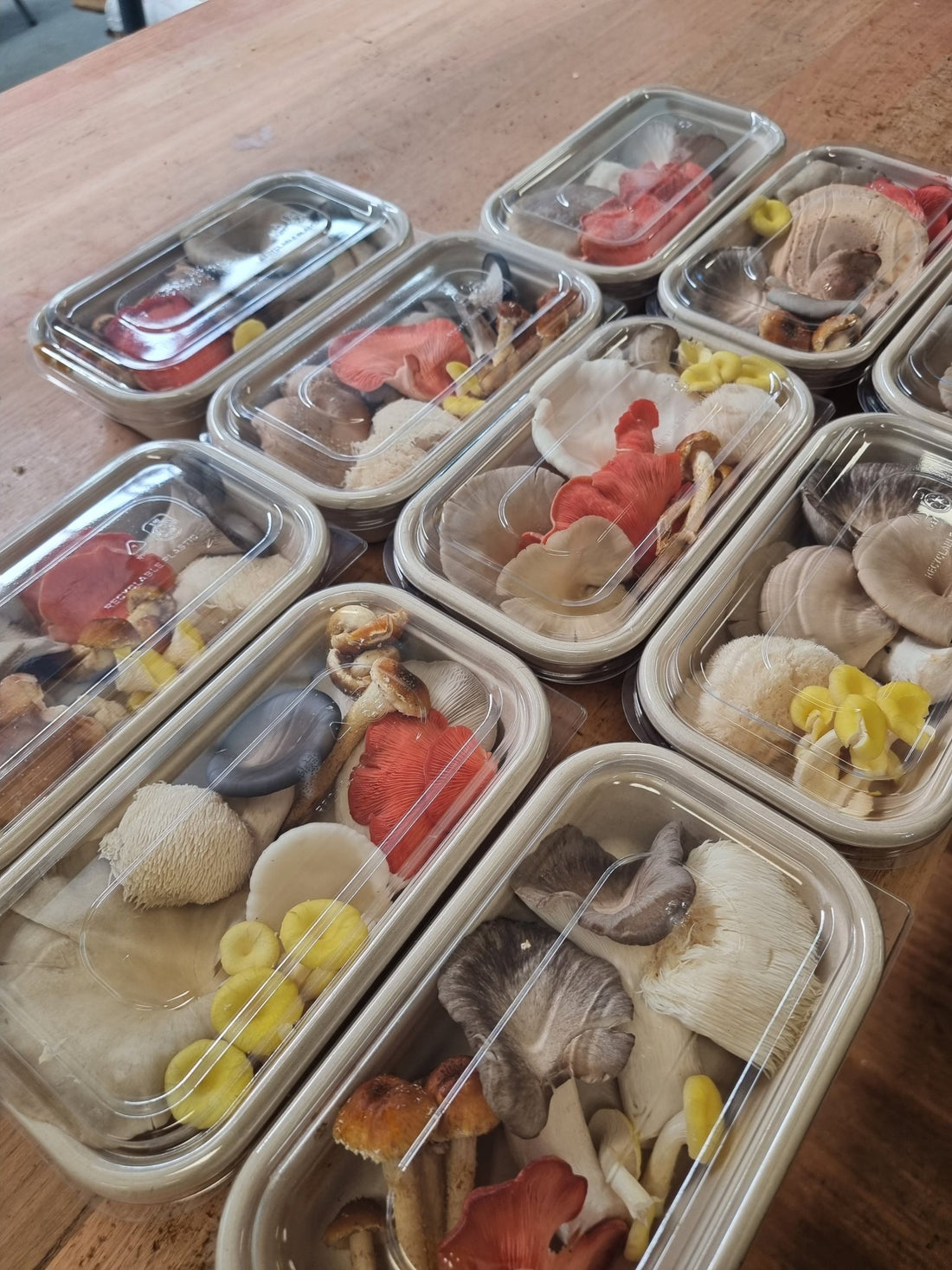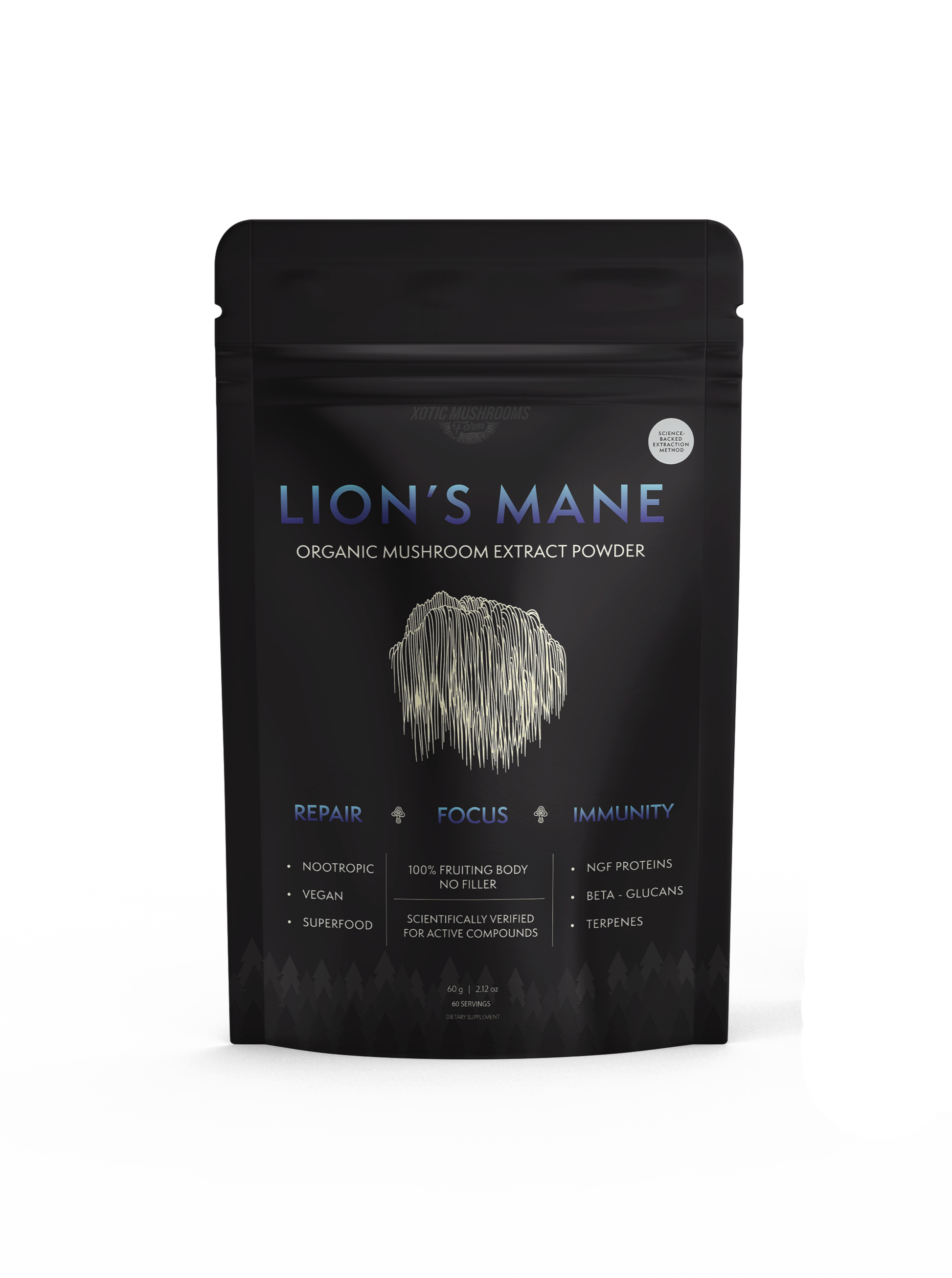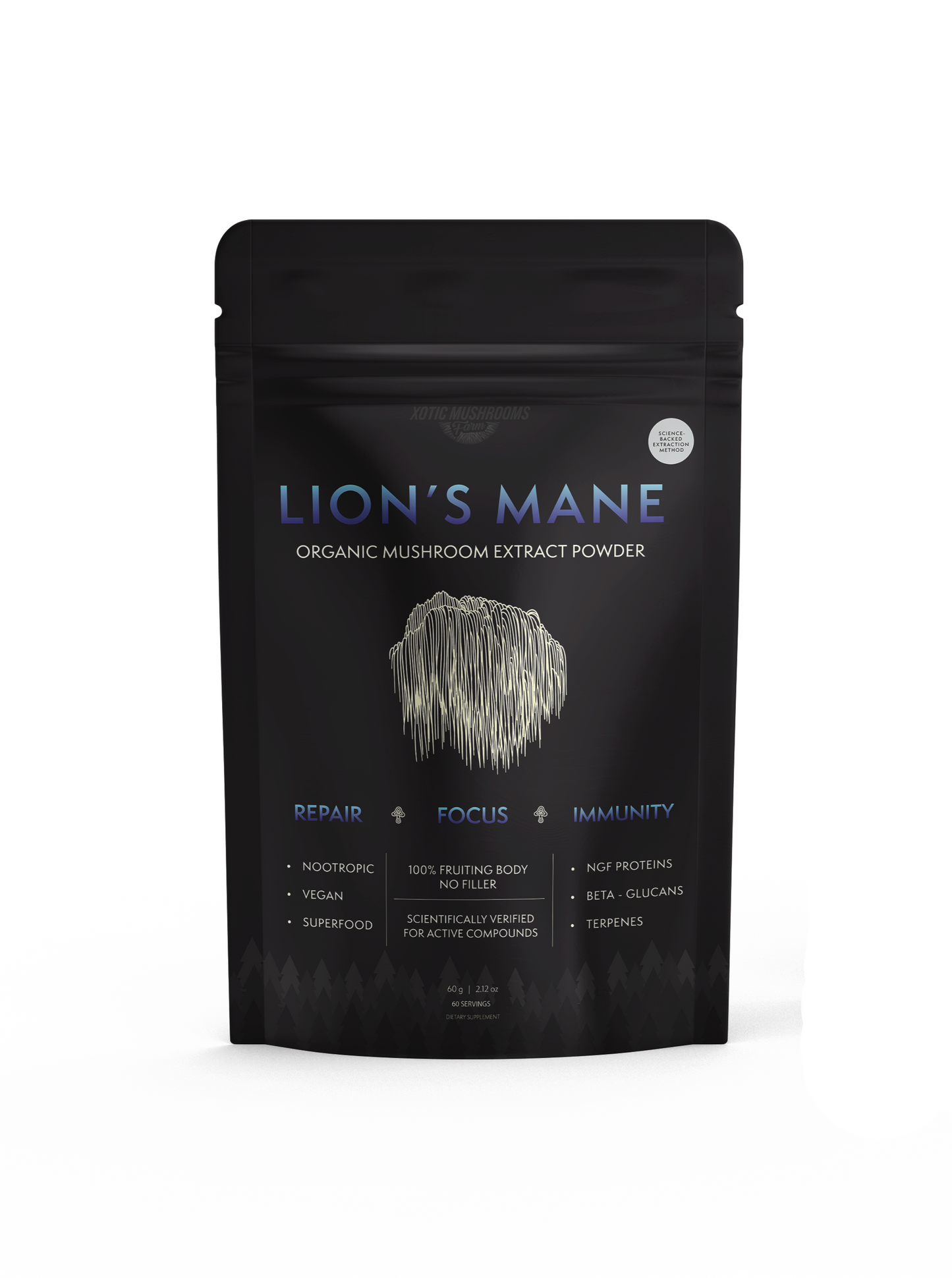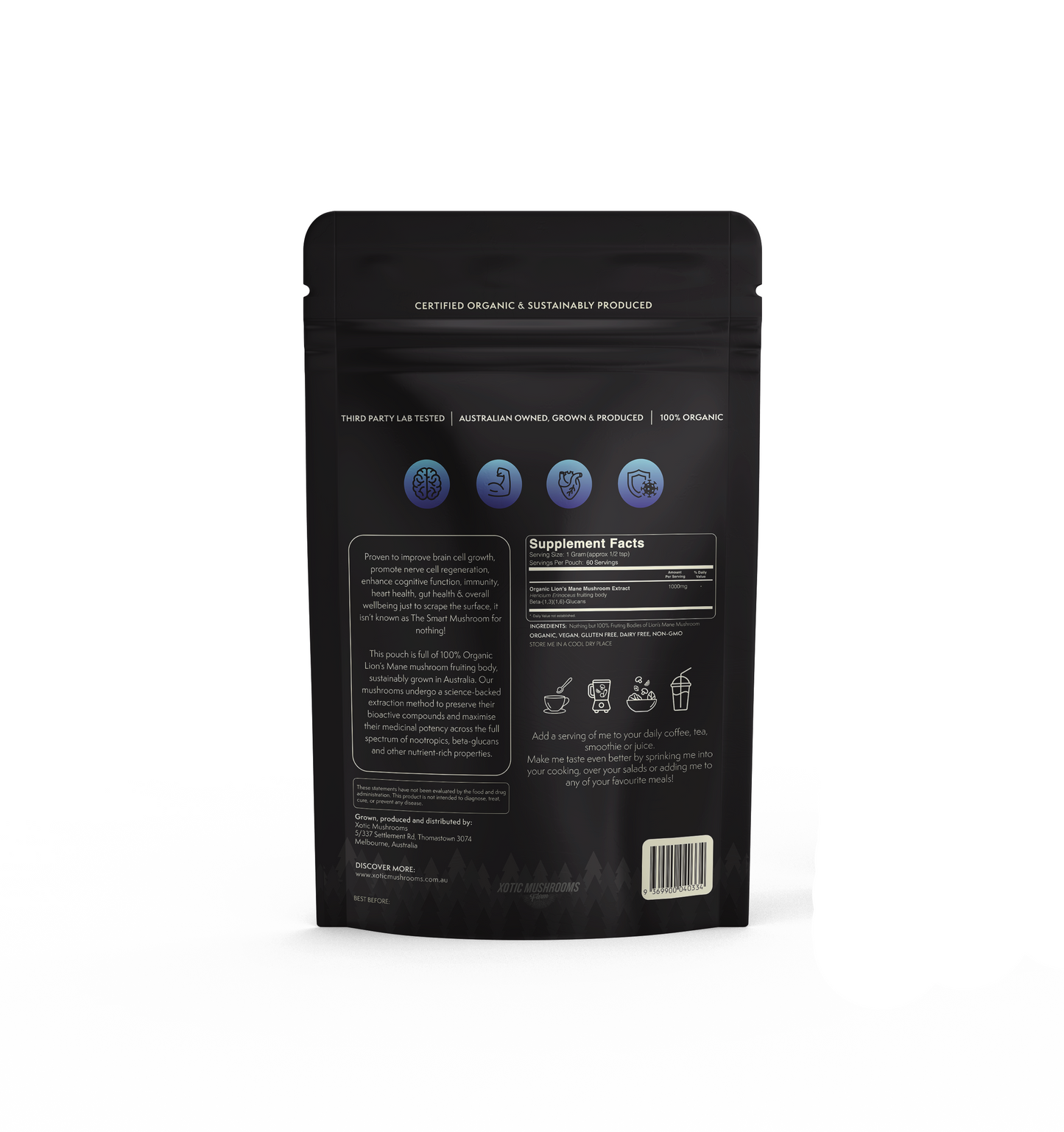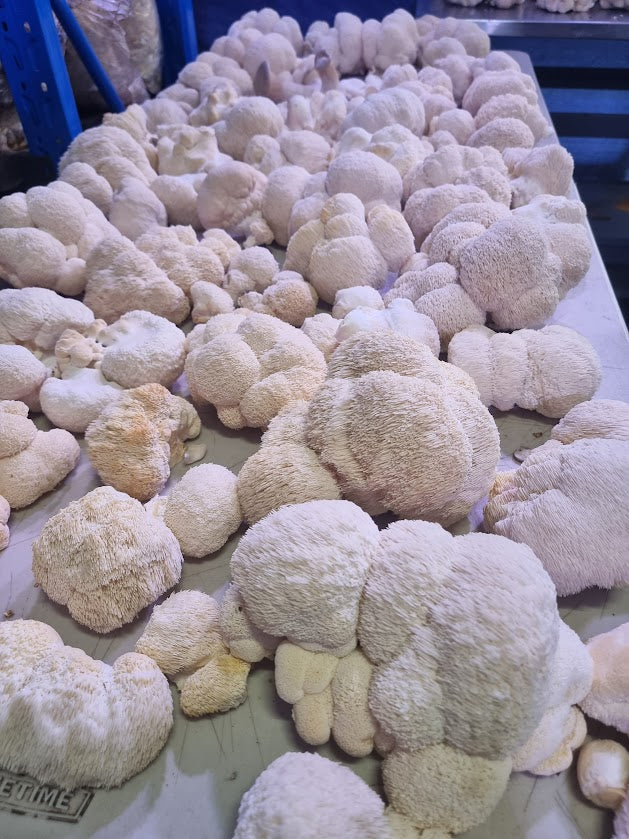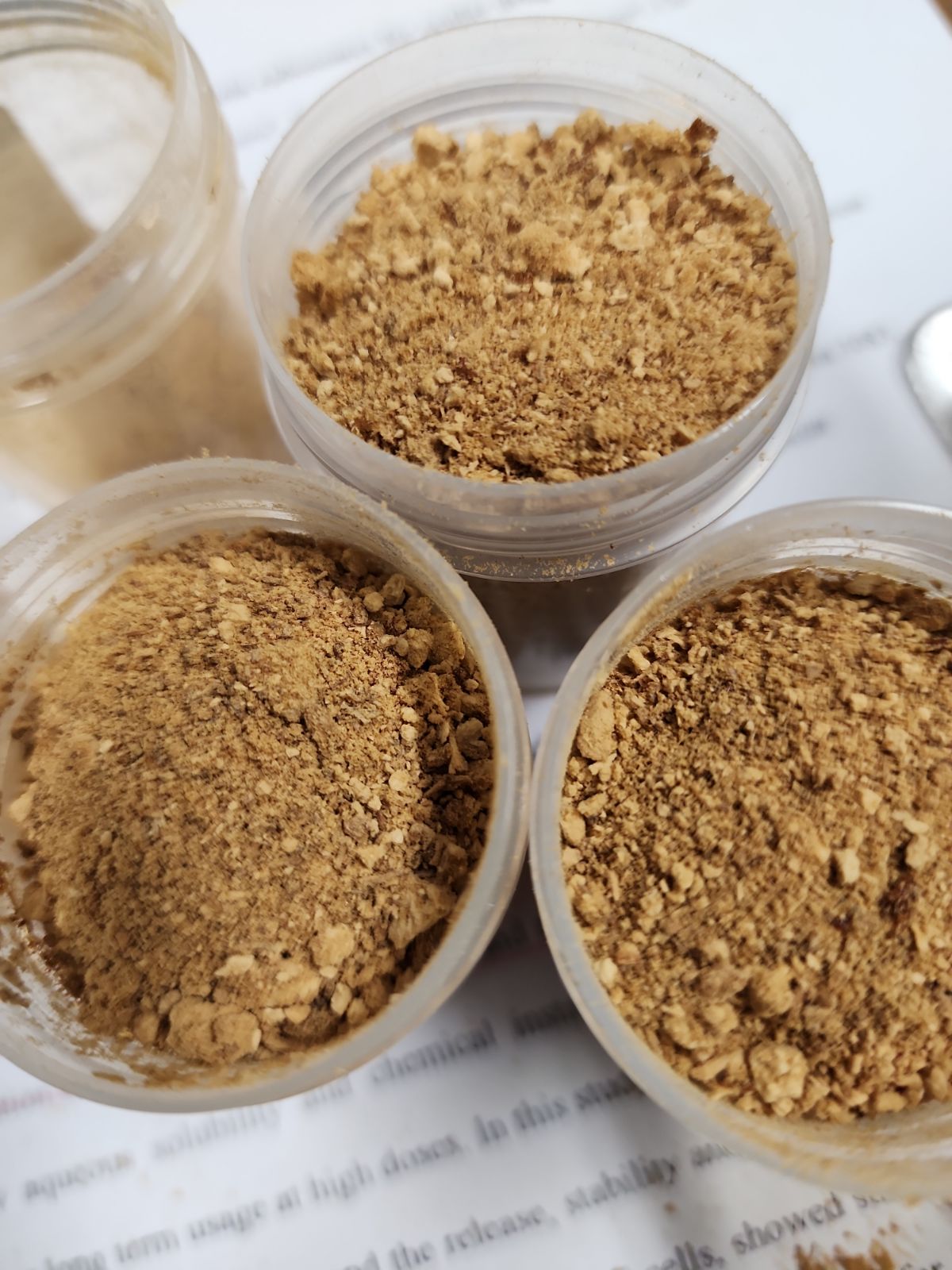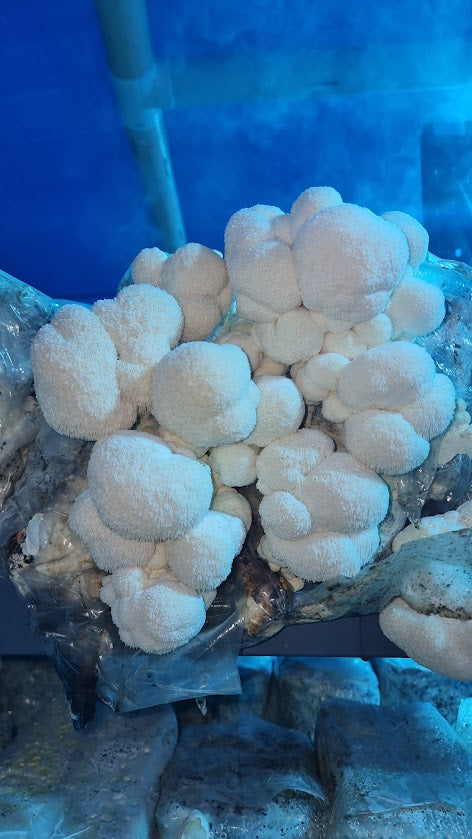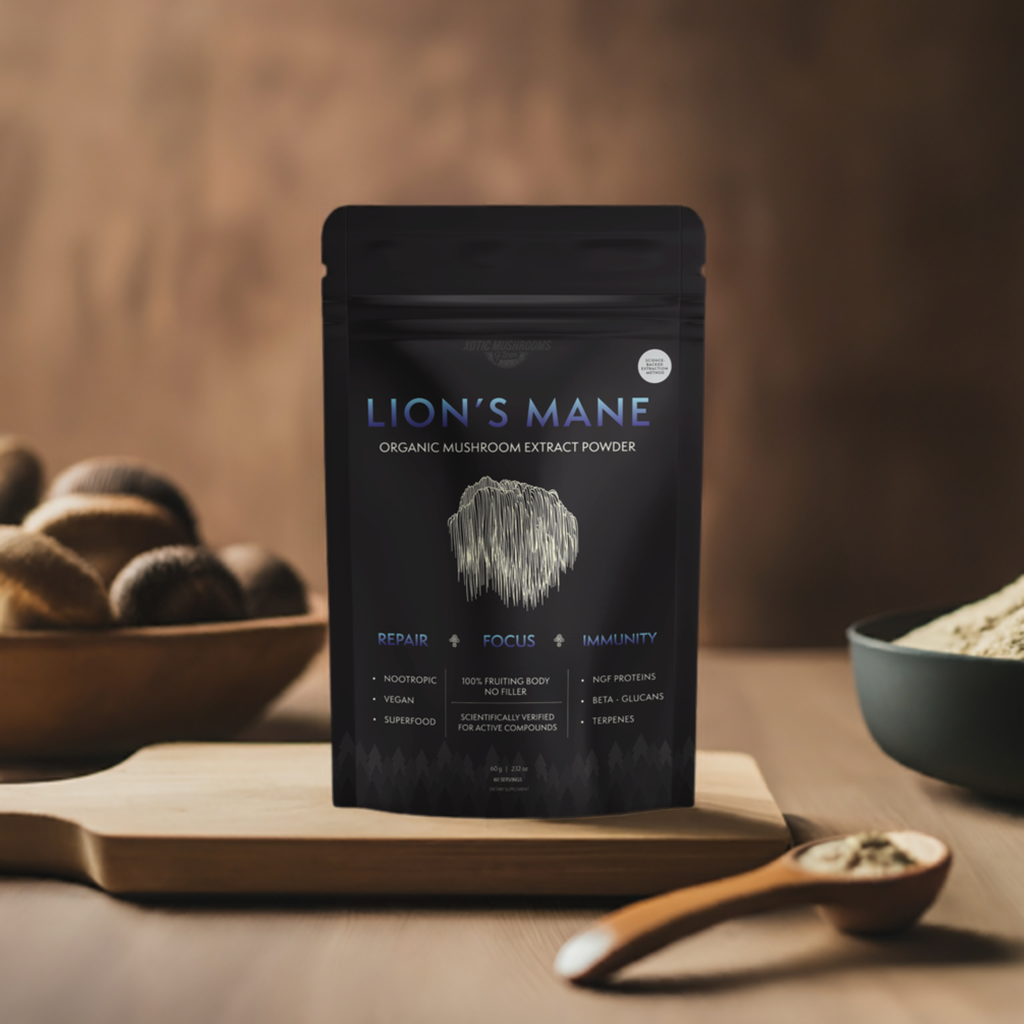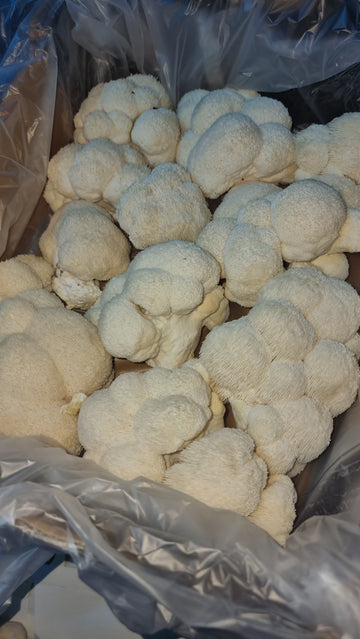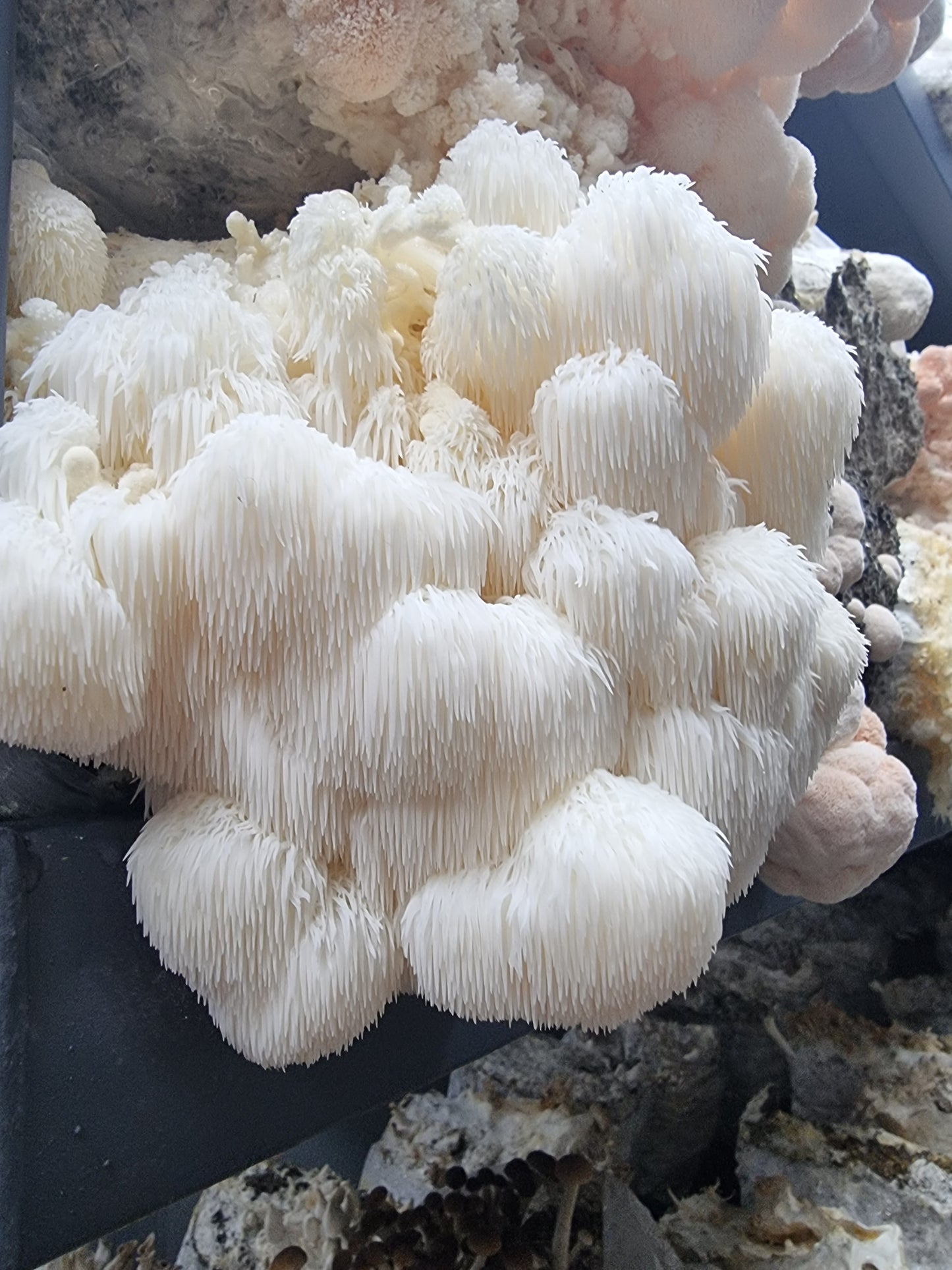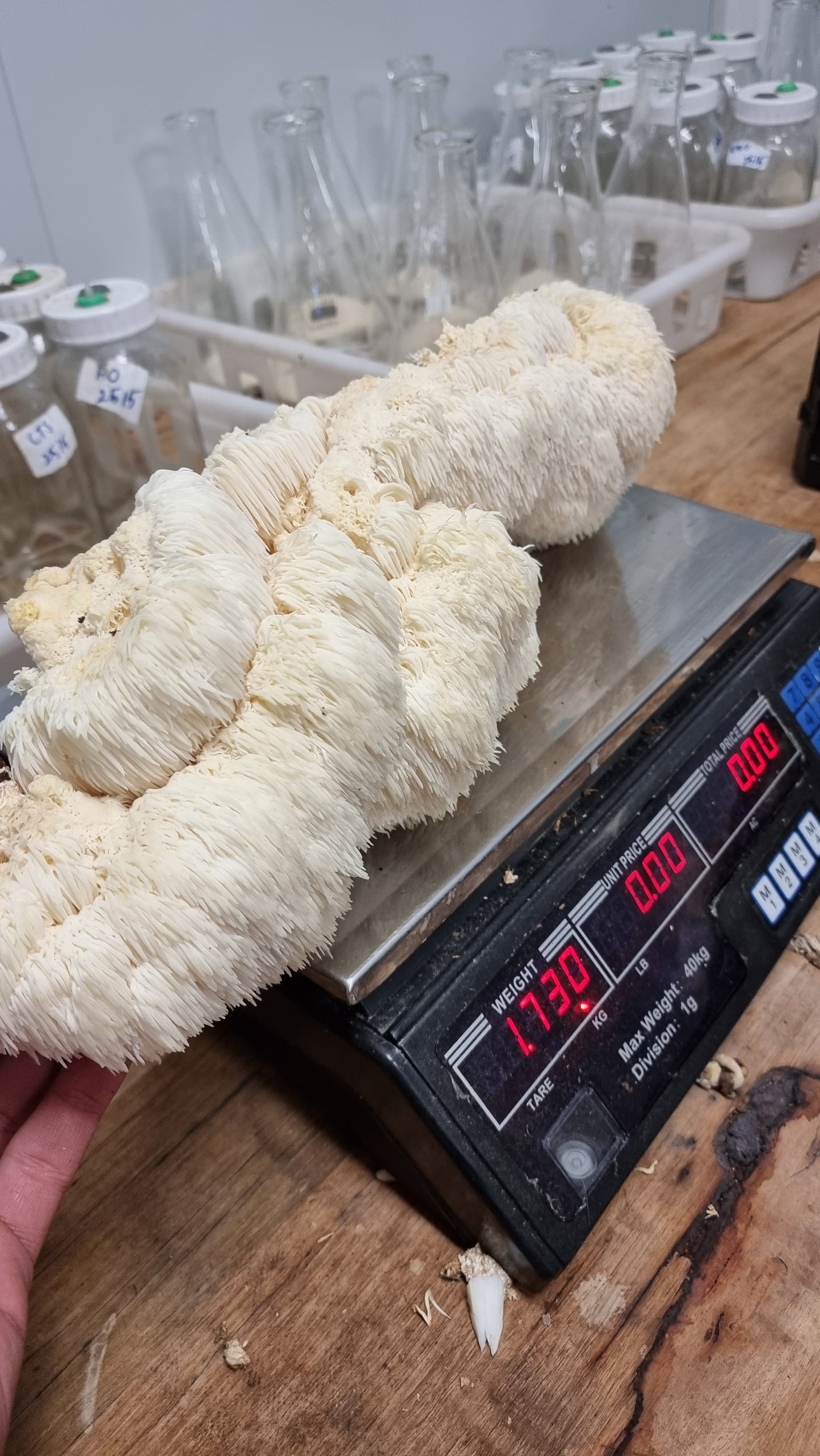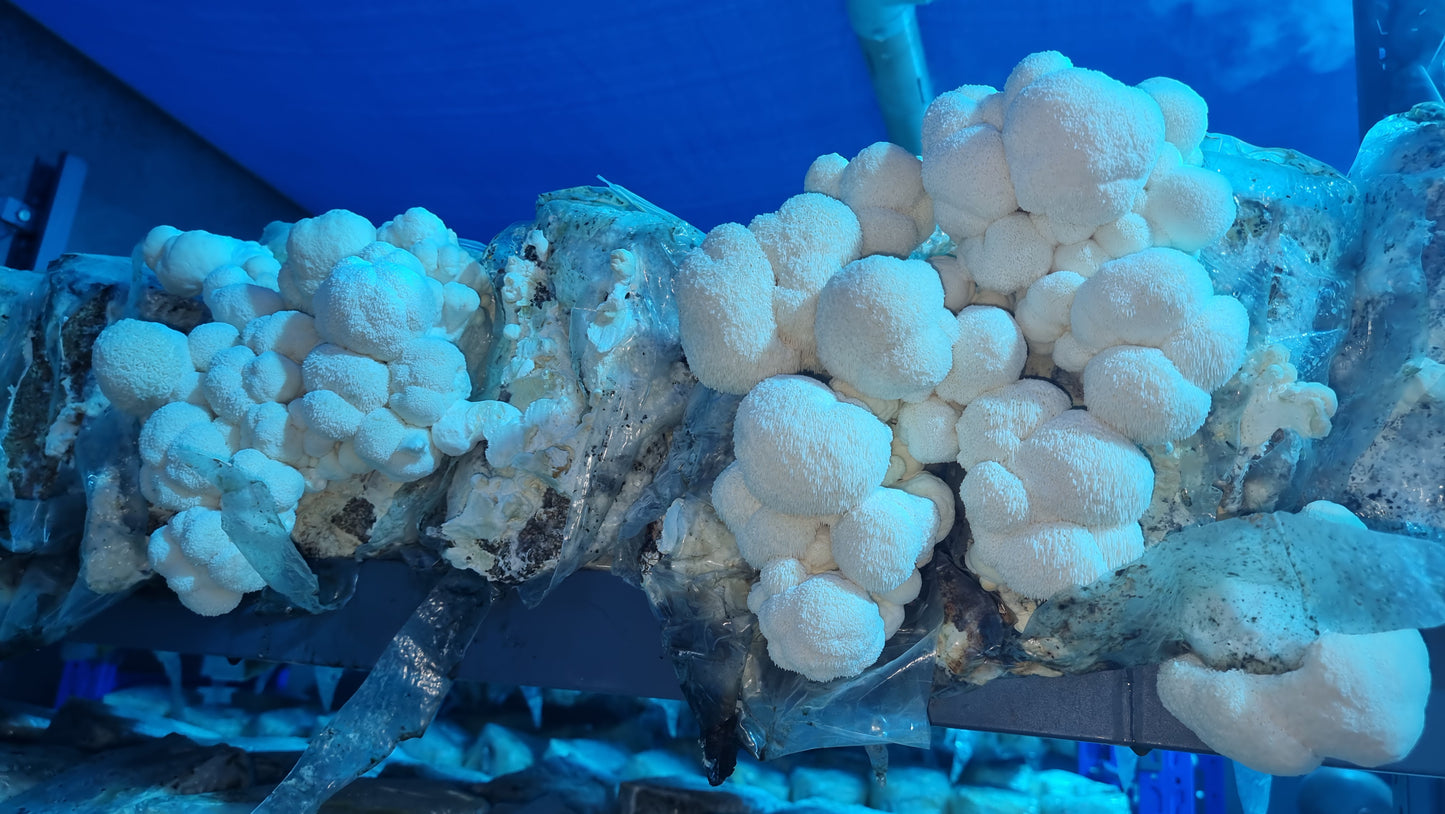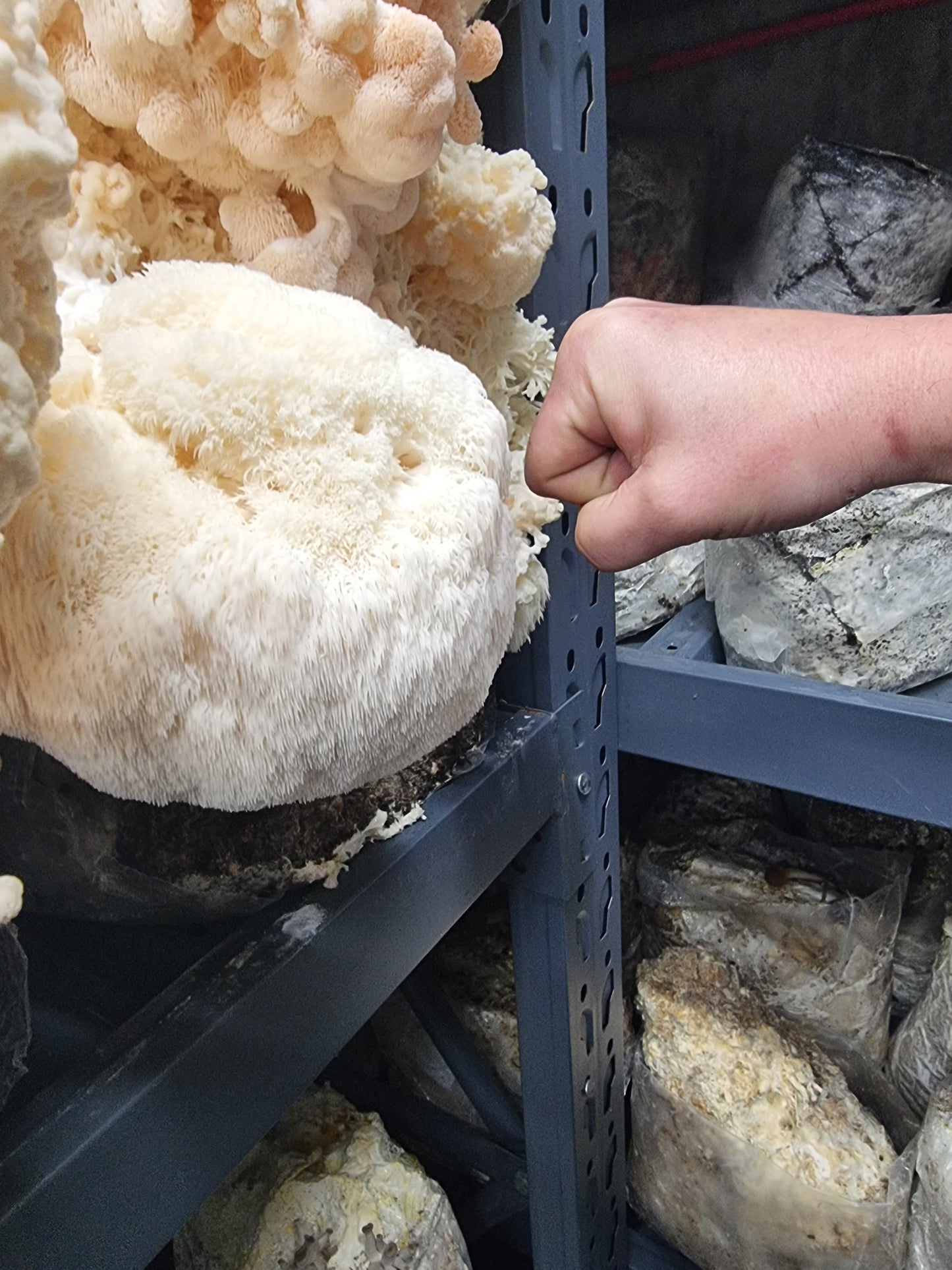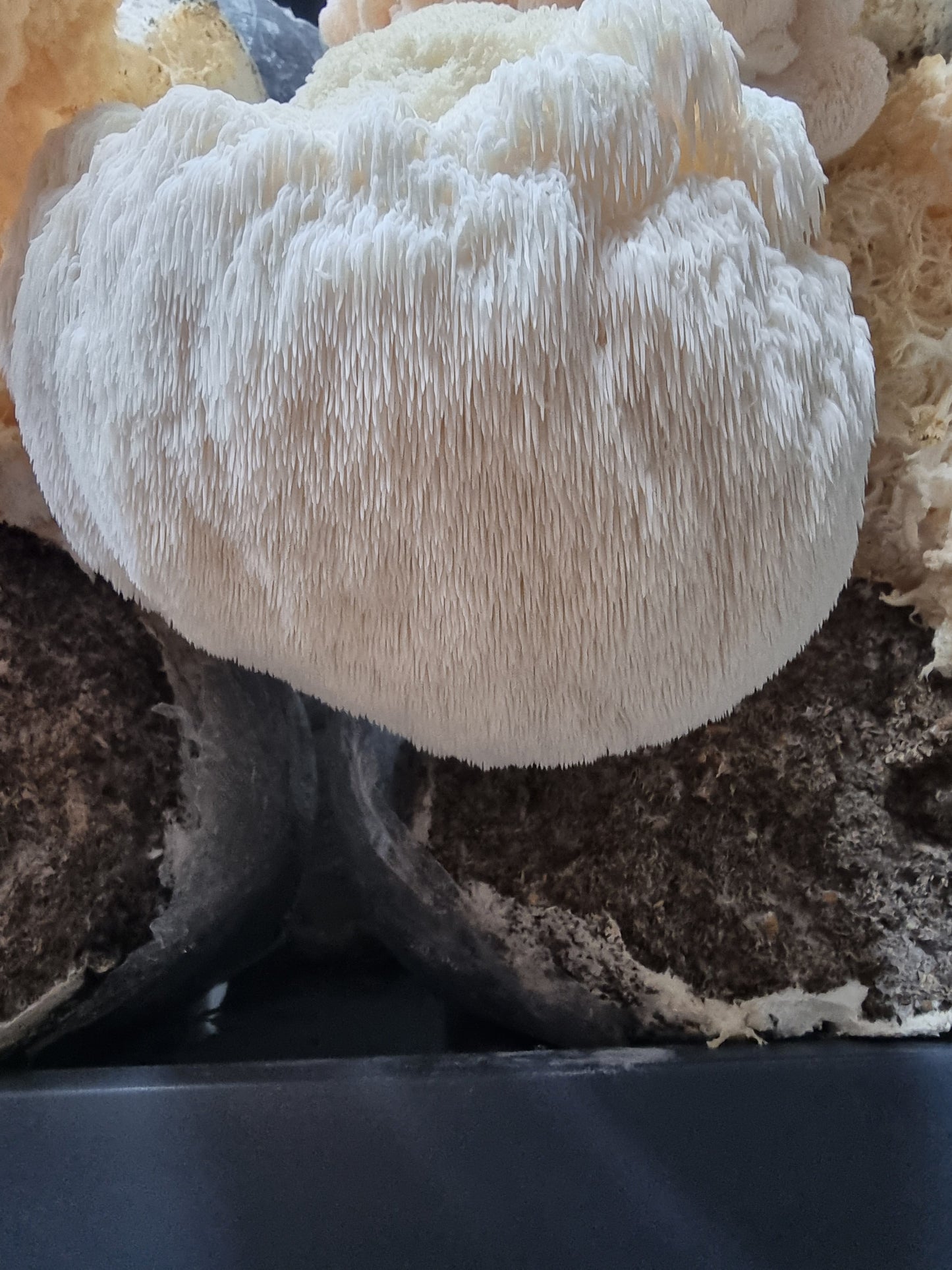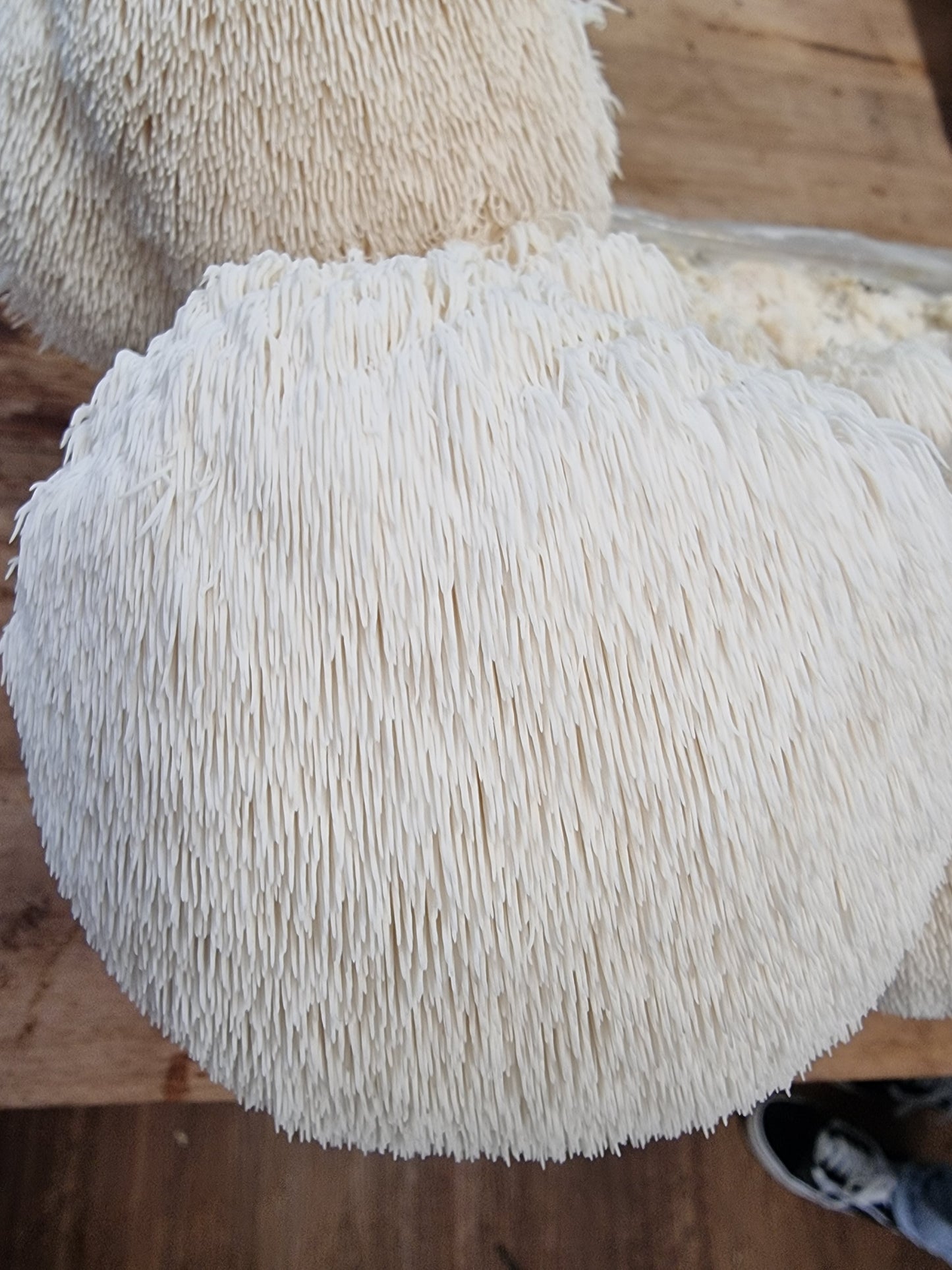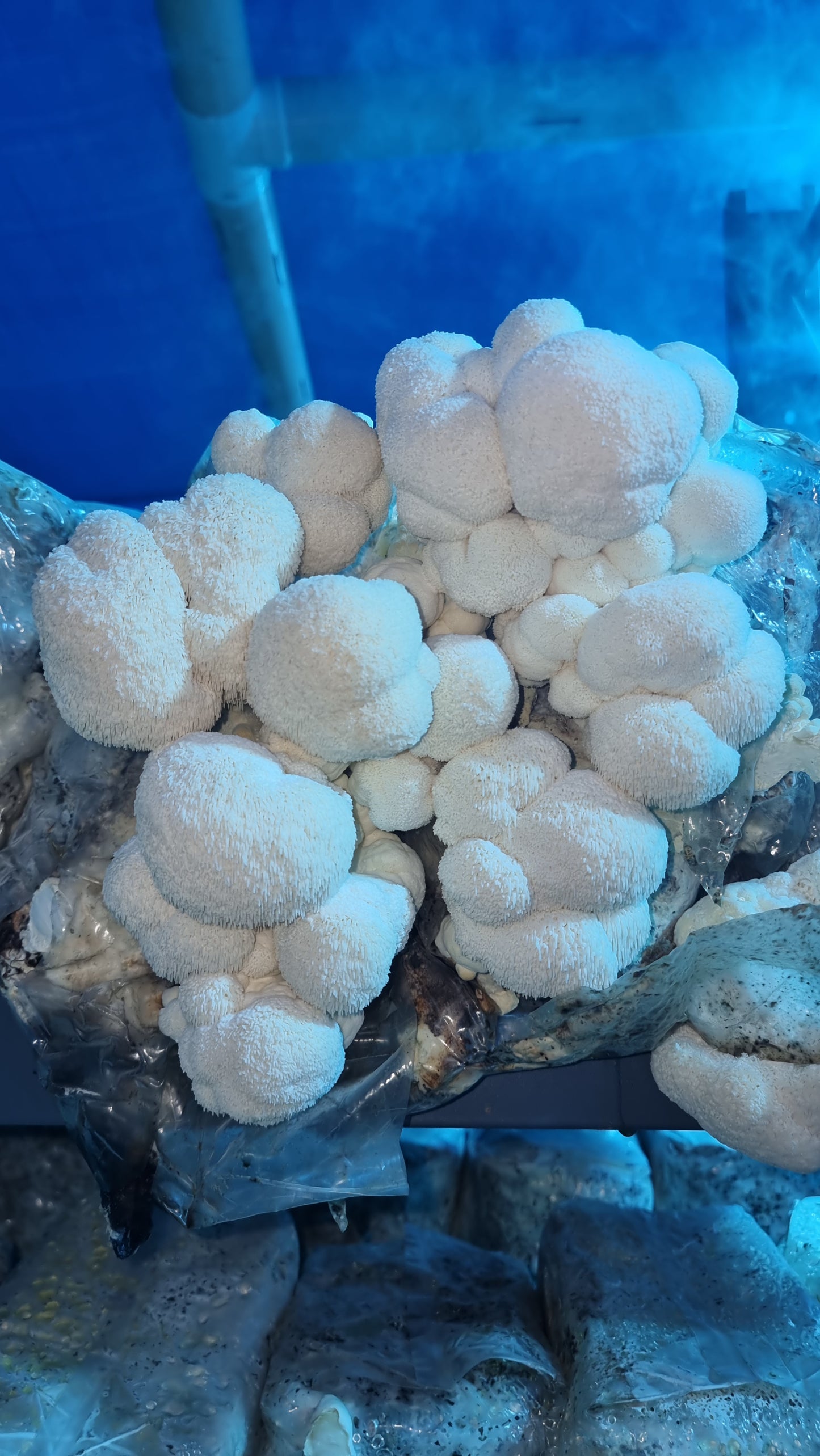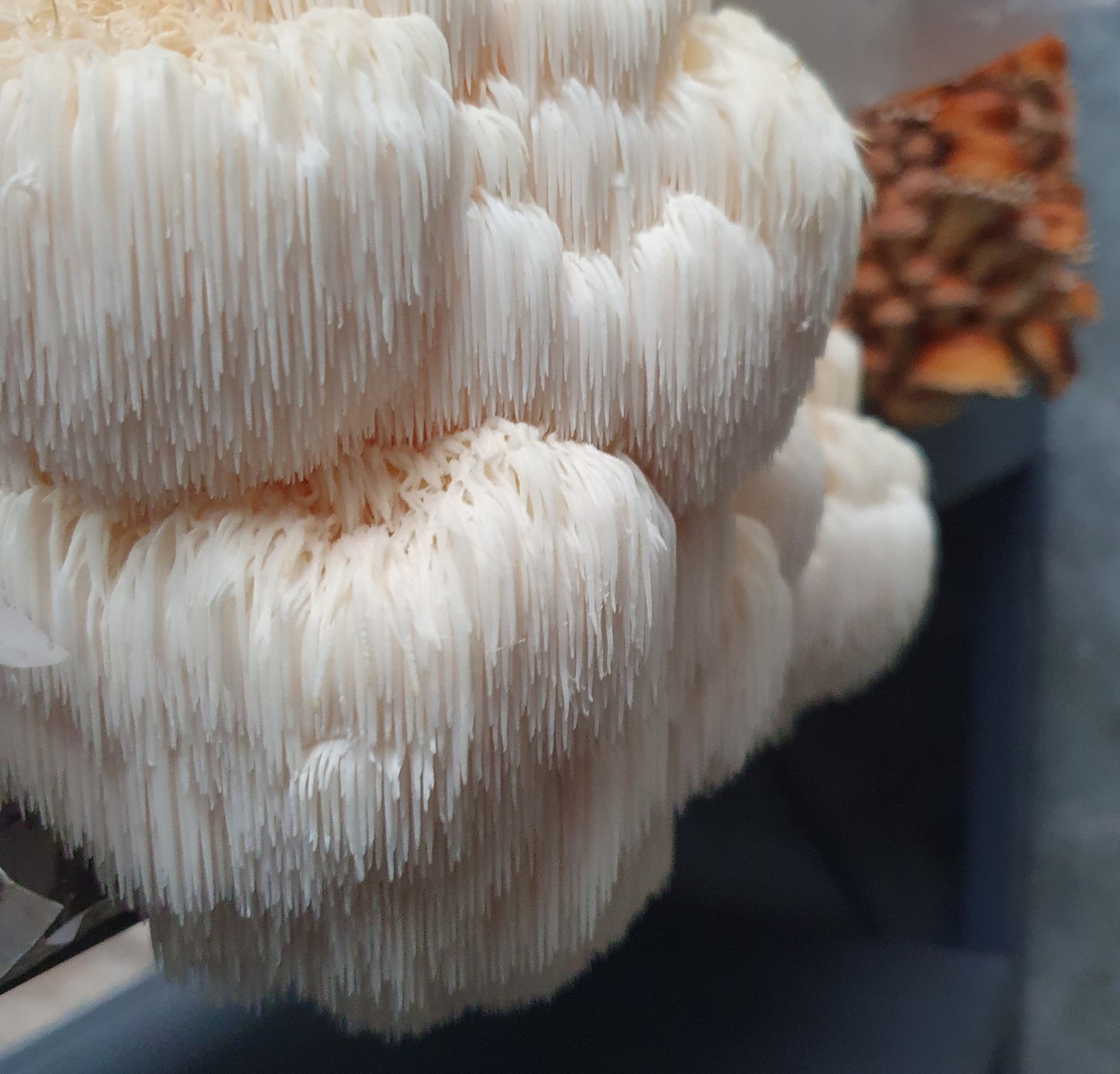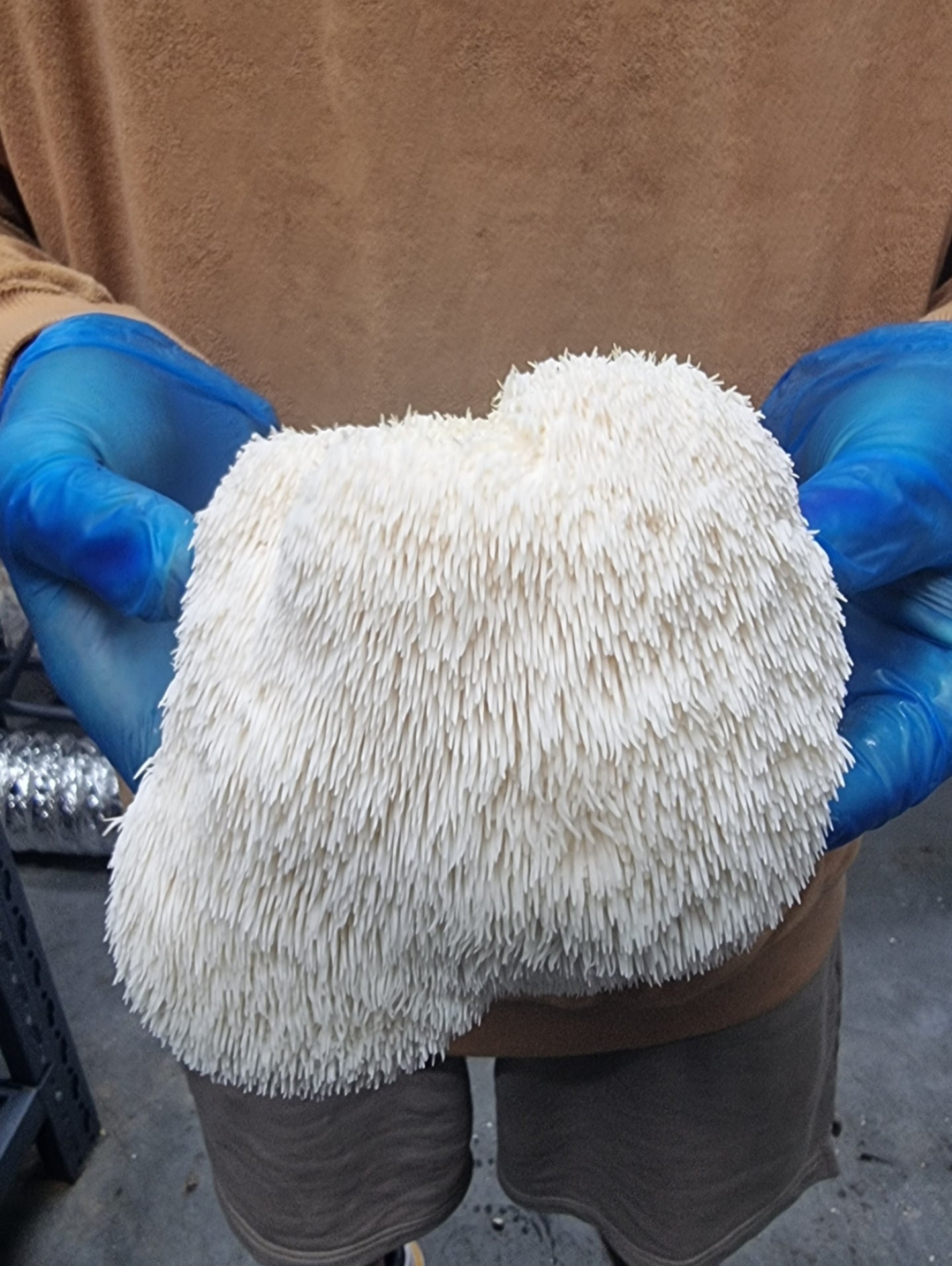Mushrooms are a popular ingredient in various dishes, known for their unique flavors and nutritional benefits.
If you're an avid mushroom enthusiast, you may have wondered about their shelf life and whether they can go bad or expire.
In this article, we'll delve into the topic, discussing how long fresh mushrooms last, signs of spoilage, and effective methods to extend their shelf life.
Do Fresh Mushrooms Go Bad or Expire?
Fresh mushrooms, like any other food item, can go bad if not stored properly. While dried mushrooms do last for months, fresh ones are perishable and will eventually spoil if not consumed in a timely manner.
However, with the right storage techniques, you can significantly extend their shelf life and enjoy them for longer. For example they can last up to 10 days in the fridge.
How Long Do Shrooms Last?
The shelf life of mushrooms depends on various factors such as their freshness at the time of purchase, storage conditions, and the specific type of mushroom.
On average, fresh mushrooms can last anywhere from 5 to 10 days when stored properly.
However, some varieties, such as morels and chanterelles, have a shorter shelf life and may only stay fresh for 2 to 3 days.
9 Signs of Spoilage in Mushrooms
To determine if mushrooms have gone bad, it's essential to be aware of the signs of spoilage. Here are a few indicators that mushrooms may no longer be fresh:
- Sliminess: If the mushrooms feel slimy or have a sticky texture, it is a clear sign of spoilage.
- Discoloration: Mushrooms should have a uniform color. If you notice dark spots, browning, or significant changes in color, it indicates deterioration.
- Unpleasant Odor: Fresh mushrooms have a mild, earthy aroma. Foul or pungent smells are a strong indication of spoilage.
- Texture Changes: Mushrooms that have become mushy or have developed a wrinkled appearance are likely past their prime.
- Mushy Texture: Healthy mushrooms have a firm and slightly spongy texture. If the mushrooms have become mushy or have a slimy texture when touched, it means they are past their prime and should not be consumed.
- Wrinkled Appearance: Fresh mushrooms should appear plump and smooth. Wrinkles or shriveling are signs of dehydration and deterioration, indicating that the mushrooms are no longer fresh.
- Mold Growth: Mold is a visible indicator of spoilage. If you notice fuzzy patches or a powdery substance on the mushrooms, it suggests that mold has developed. Discard any mushrooms with mold growth as consuming them can lead to health issues.
- Dark Spots or Bruising: Dark spots or bruises on mushrooms can indicate physical damage or decay. While small bruises can be trimmed off, extensive discoloration is a sign that the mushrooms are spoiling.
- Excessive Moisture: Mushrooms thrive in a cool and dry environment. If you find excessive moisture inside the packaging or around the mushrooms, it can promote bacterial growth and spoilage. Moisture can lead to sliminess and mold formation.
By being vigilant and checking for these signs, you can ensure that you consume fresh and high-quality mushrooms, enhancing both the taste and safety of your meals. If you notice any of these spoilage indicators, it's best to discard the mushrooms rather than risking foodborne illness or an unsatisfactory culinary experience.
How to Properly Store Mushrooms: Extending Their Shelf Life
To maximize the shelf life of mushrooms, follow these storage techniques:
1. Cleaning Mushrooms for Long-Term Storage
Before storing mushrooms, it's important to clean them properly. Gently brush off any visible dirt or debris using a soft brush or a damp cloth.
Avoid soaking mushrooms in water, as they can absorb moisture and become slimy. If necessary, lightly rinse them under running water and pat them dry with a paper towel.
2. Storing Mushrooms in the Refrigerator
The refrigerator is an ideal place to store mushrooms.
Place them in a paper bag or a breathable container lined with a paper towel to absorb excess moisture.
Avoid using plastic bags, as they trap moisture and promote spoilage.
Additionally, ensure that the mushrooms are stored in the main body of the refrigerator, away from the coldest areas like the back wall or the vegetable drawer.
3. Using Paper Bags for Mushroom Storage
Using paper bags is an effective way to store mushrooms. The paper allows air circulation, preventing moisture buildup.
Place the mushrooms in a single layer inside the bag, fold the top loosely to allow for airflow, and store them in the refrigerator.
Remember to check the mushrooms regularly and discard any that show signs of spoilage.
4. Preserving Mushrooms in Oil or Vinegar
Preserving mushrooms in oil or vinegar can help extend their shelf life. Start by cleaning and slicing the mushrooms, then blanch them in boiling water for a minute to preserve their color.
Allow them to cool before placing them in a sterilized jar and covering them with oil or vinegar. Store the jar in the refrigerator and use the mushrooms within a few weeks.
These mushrooms can be kept in the fridge for up to 6 months.
Can You Freeze Mushrooms?
Yes, you can freeze mushrooms to prolong their shelf life. Freezing mushrooms is a convenient option if you have a surplus or want to preserve them for future use.
However, it's important to note that freezing may alter the texture of mushrooms, making them softer upon thawing. Therefore, it's recommended to use frozen mushrooms in cooked dishes rather than raw preparations.
Freezing Mushrooms for Extended Shelf Life
To freeze mushrooms, follow these steps:
- Clean the mushrooms thoroughly and slice them to your desired thickness.
- Blanch the sliced mushrooms by placing them in boiling water for a brief period (usually 1-2 minutes) and then transferring them to an ice bath.
- Drain the mushrooms and pat them dry to remove excess moisture.
- Place the mushrooms in airtight freezer bags or containers, removing as much air as possible before sealing.
- Label the bags or containers with the date and place them in the freezer.
Comparing Shelf Life of Fresh & Dried Mushrooms
While fresh mushrooms have a relatively short shelf life, dried mushrooms offer a longer storage option.
Dried mushrooms can last for several months to a year if stored properly in an airtight container in a cool, dark place. Dried mushrooms are a great pantry staple, as they retain their flavor and can be rehydrated for use in various dishes.
Fresh mushrooms on the other hand as discussed can last up to 6 months if stored in a fridge.
Final Thoughts and Key Takeaways
Mushrooms are perishable and require proper storage to maintain their freshness. By following the recommended techniques for cleaning, storing, and preserving mushrooms, you can extend their shelf life significantly.
Remember to pay attention to signs of spoilage, such as sliminess, discoloration, unpleasant odors, or changes in texture.
Whether you choose to store mushrooms in the refrigerator, use paper bags, preserve them in oil or vinegar, or freeze them, each method has its advantages.
Freezing mushrooms is an excellent way to prolong their shelf life, while drying them offers a convenient long-term storage option.
By understanding how to properly store mushrooms and recognizing signs of spoilage, you can enjoy their unique flavors and textures in your favorite recipes while minimizing waste and ensuring the best possible culinary experience.

